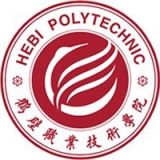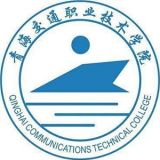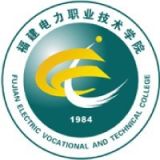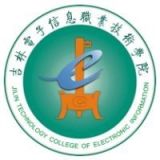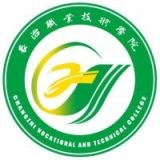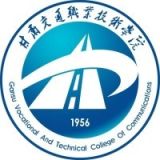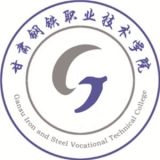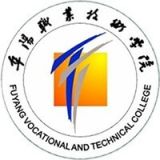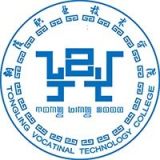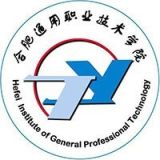高中的课程设计如何影响学生的学习体验?

Answer:
Course design plays a crucial role in shaping the learning experience of high school students. Here are some key ways in which course design can impact student learning:
1. Learning Objectives and Curriculum:
- Well-designed courses have clear learning objectives and a well-defined curriculum that aligns with state standards and college entrance requirements.
- Objectives should be specific, measurable, achievable, relevant, and time-bound (SMART).
2. Teacher Qualifications and Expertise:
- Teachers who are well-trained and experienced can create a positive and engaging learning environment.
- They can effectively use various teaching methods and resources to cater to diverse learning styles.
3. Instructional Methods and Activities:
- Courses should incorporate a variety of instructional methods and activities, such as lectures, discussions, group work, simulations, and hands-on experiences.
- These methods help students engage with the material, develop critical thinking skills, and apply knowledge in real-world contexts.
4. Assessment and Evaluation:
- Effective assessment methods are integrated into the course design to measure student learning and provide feedback.
- Different assessment techniques, such as quizzes, tests, projects, and presentations, help gauge comprehension and identify areas for improvement.
5. Learning Environment and Culture:
- The learning environment should be conducive to learning, with a supportive and collaborative atmosphere.
- Class rules, expectations, and a positive attitude from teachers and peers create a conducive learning environment.
6. Differentiation and Individualization:
- Course design should consider the diverse needs and learning styles of students.
- Options for differentiation, such as individualized learning plans or extended support, ensure that all students can access the curriculum.
7. Technology Integration:
- Technology is increasingly integrated into the curriculum, and course design should reflect this.
- Students should have access to technology resources, such as computers, laptops, and educational software, to enhance their learning.
8. Career and College Readiness:
- Many high school courses offer career and college readiness components, such as internships, apprenticeships, and college preparatory courses.
- These experiences help students explore their interests, develop necessary skills, and prepare for higher education or the workforce.
9. Student Engagement and Motivation:
- Engaging and interactive learning experiences, such as hands-on activities, simulations, and debates, can increase student engagement and motivation.
- When students are actively involved in the learning process, they are more likely to retain information and develop a deeper understanding.
10. Continuous Improvement:
- Course design should be reviewed and updated regularly to reflect changes in curriculum, technology, and student needs.
- Teachers and administrators should continuously seek feedback from students and stakeholders to make necessary improvements.






























































